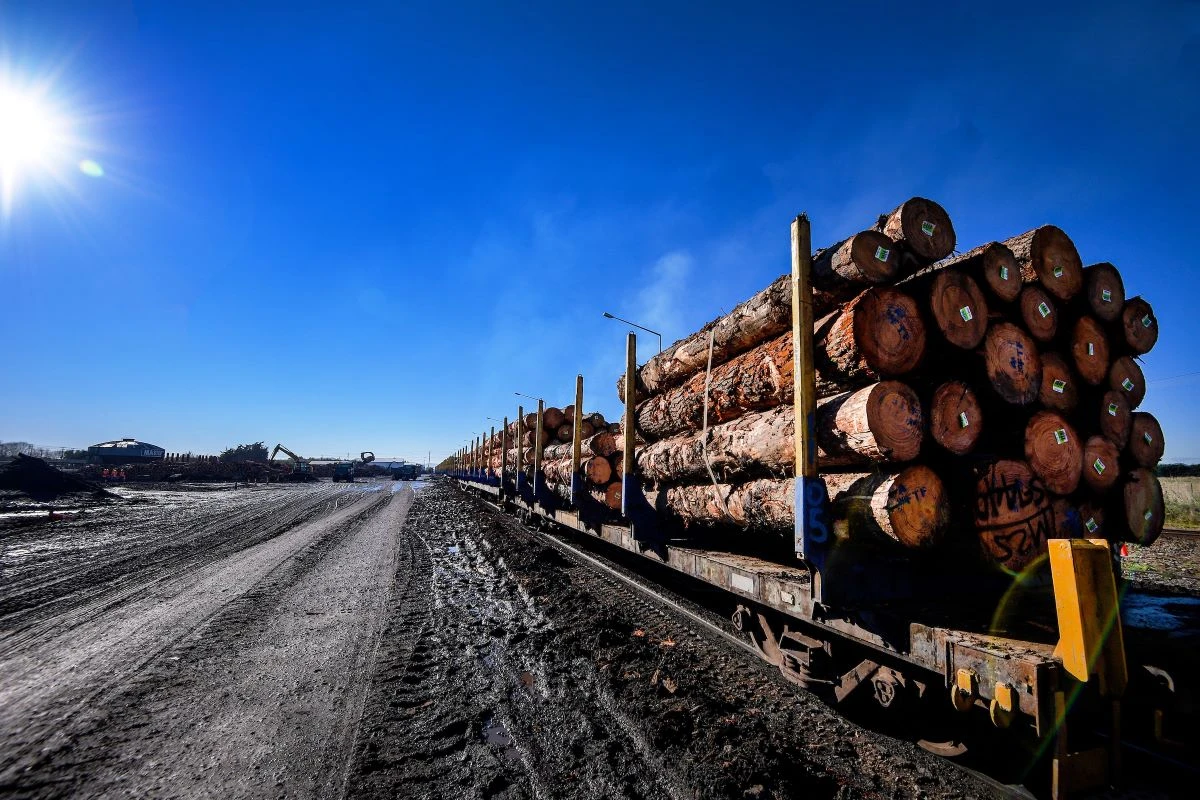Sustainability
We are committed to reducing our emissions by 50% by 2030, and to producing net zero carbon emissions by 2040.
We’re working toward these goals by both planning for the future and acting now.
We’ve already made progress. In 2020 we partnered with New Zealand Green Investment Finance (NZGIF), which has helped us invest in green technology and machinery including:
- seven new 100 percent electric container-transfer vehicles and trailers
Read more about our Electric Container Transfer Vehicles
- electric or hybrid light vehicles
- lower-energy LED lighting around the port
- reinstating rail directly onto port which has reduced the need for road trucking
- replacing diesel generators with electricity.
- Installing a solar array on the roof of our main office, Shed 39.
Read the NZGIF Case Study on CentrePort
Monitoring our success
We regularly monitor and report on our carbon emissions. We’re independently audited each year to ensure our data and reporting is reliable.
More logs via rail
We’ve worked with our customers and transport partners to actively reduce freight land-transport emissions. The development of our log hub at Waingawa in the Wairarapa, has enabled us to transport more logs to port by rail, rather than via road.
In 2024 nearly 284,000 JAS tonnes of logs were shifted from the hub to port by rail — avoiding 20,000 truck trips and reducing potential CO2 emissions by 1884 tonnes.

